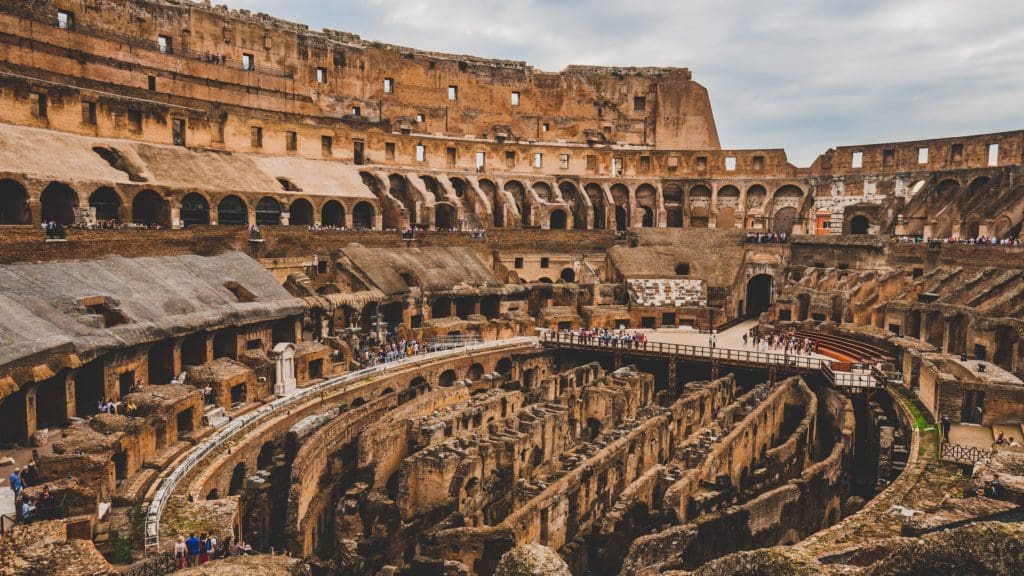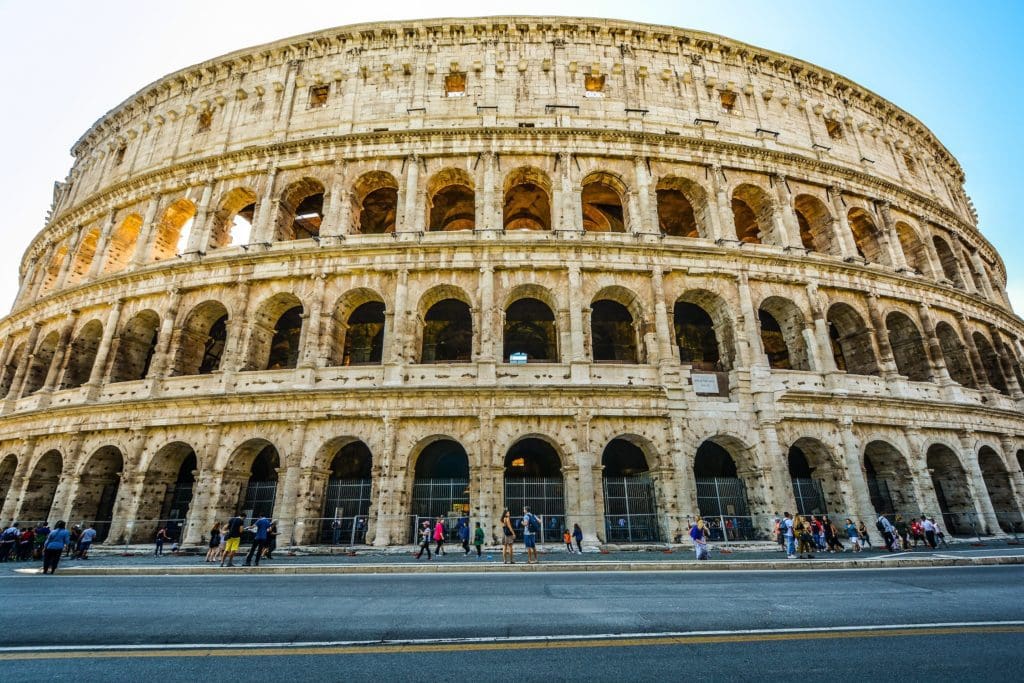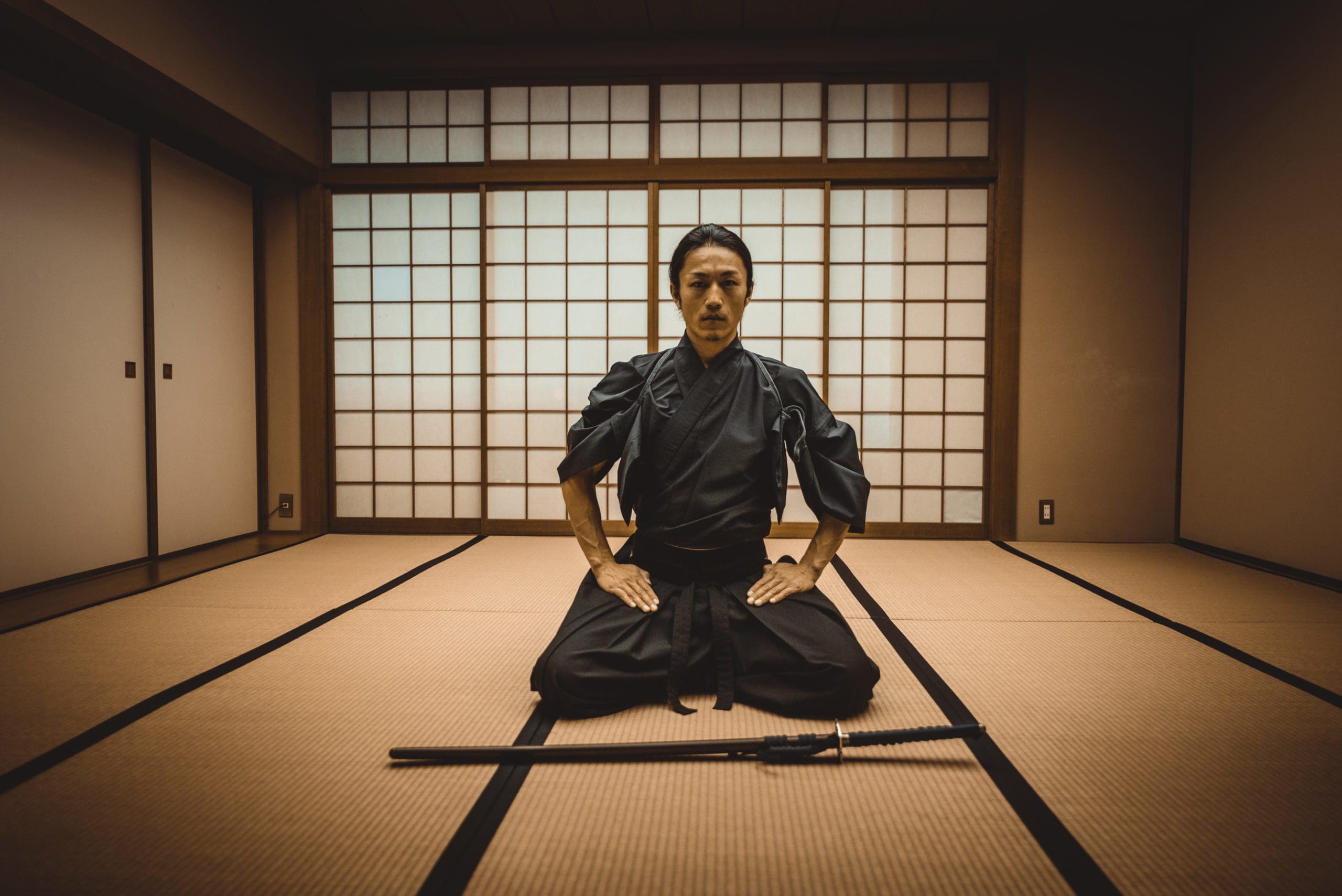Menu
The Colosseum in Rome, Italy, was an amphitheater that was used for a variety of entertainment events, including gladiator games. Gladiators were typically slaves, prisoners of war, or condemned criminals who were trained to fight one another and wild animals in front of large audiences. The gladiator games were a popular form of entertainment in ancient Rome and were held at various venues throughout the city, including the Colosseum.
The gladiator school, or ludus, was where gladiators were trained. These schools were typically located near the amphitheaters where the games were held and were run by a manager or owner, who was responsible for training the gladiators and organizing the matches. The gladiators at the ludus were trained in a variety of weapons and fighting styles, and were expected to be skilled in both armed and unarmed combat.
It is important to note that the gladiator games were a brutal and violent form of entertainment, and the gladiators themselves were often treated poorly. The games were eventually banned in the 6th century AD due to their brutal nature.

There are several reasons why the Colosseum and the concept of gladiator schools may be of interest to visitors to Rome, Italy:
Overall, visiting the Colosseum and learning about the concept of gladiator schools can be a fascinating and educational experience for those interested in history, architecture, and culture.
The Colosseum and the concept of gladiator schools may be of interest to visitors of all ages. Children may be particularly interested in learning about the history and architecture of the Colosseum and the role it played in ancient Rome. The Colosseum and other historical sites in Rome, such as the Roman Forum and the Palatine Hill, offer educational opportunities for students and families with children.



